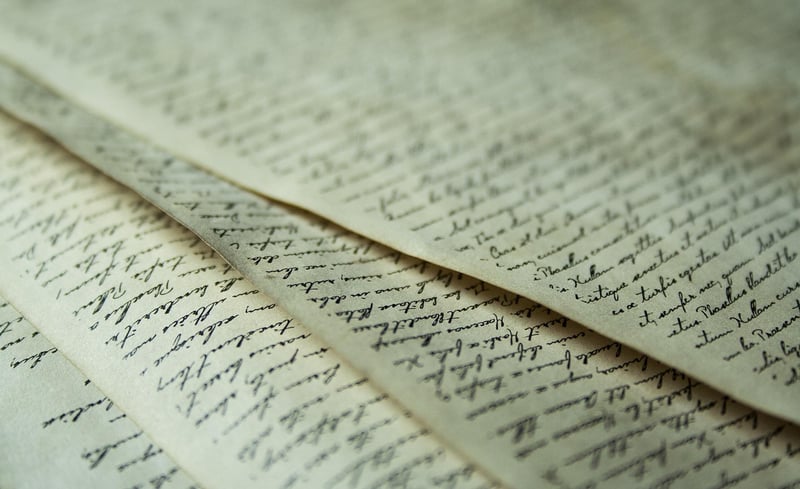Language Guides
Mastering Time Jumps in Your Writing

Time jumps can add depth and complexity to your writing, allowing you to explore different timelines and perspectives within your story. However, mastering the art of time jumps requires careful planning and execution to ensure a seamless and engaging narrative for your readers.
Understanding Time Jumps
Time jumps, also known as temporal shifts or flashbacks, involve transitions between different points in time within a story. These shifts can vary in duration, from brief moments to entire chapters, and serve to provide context, backstory, or character development.
Tips for Effective Time Jumps
- Establish Clear Transitions: Use markers such as dates, timestamps, or specific events to signal a shift in time to the reader.
- Maintain Consistency: Ensure that the time jumps align with the overall timeline of your story and do not cause confusion for the reader.
- Focus on Relevance: Each time jump should contribute to the plot or character development, avoiding unnecessary detours that disrupt the flow of the narrative.
- Use Different Narration Styles: Experiment with different narrative voices or perspectives to distinguish between timelines and enhance the reader's understanding.
Language Guides for Time Jumps
When incorporating time jumps into your writing, consider using specific language guides to help structure your narrative effectively:
- Grammarly's Guide to Using Flashbacks
- The Write Life's Tips on Writing Flashbacks
- MasterClass: Tips for Writing Engaging Flashbacks
Mastering time jumps in your writing can elevate your storytelling and captivate your audience with a rich and dynamic narrative. With careful planning and attention to detail, you can seamlessly integrate time jumps to create a compelling reading experience.
